Flavian Amphitheater of Pozzuoli
Italy's third-largest Roman arena gives a peek into the underground operations beneath the ancient spectacles.
Sharing its name with the most famous of Roman structures, the Flavian Amphitheater in Pozzuoli is not the iconic arena known the world over. Yet despite being somewhat overshadowed by the Colosseum in the capital, this amphitheater near Naples gives a unique and arguably deeper look into the world of Roman spectacle and gladiatorial combat.
Visitors can also go beneath the arena to explore the underground complex below the surface and, in doing so, get a sense of how the amphitheater operated in antiquity. The atmospheric corridors and subterranean chambers are filled with ancient stonework and objects. The openings in the ceiling and the long central ditch which divides the arena served to raise animal cages, performers, elaborate scenery, and decorations up to the surface via a sophisticated system of ramps and elevators.
The lavish entertainments would have been enjoyed by around 40,000 spectators in its heyday. The Flavian arena stands as the third-largest Roman amphitheater in Italy—after the Colosseum and the amphitheater of Capua—and its underground areas are possibly the best preserved.
Completed in the late 1st century, during the Flavian dynasty (hence the name), the amphitheater was commissioned by the Emperor Vespasian and inaugurated during the reign of his successor, Titus. Architects who worked on the Colosseum were sent south to create a smaller, but equally beautiful arena envisioned as an upgrade on the area’s already existing amphitheater.
Its completion meant that the ancient town of Puteoli (now Pozzuoli) bore the proud distinction of being the only city outside of Rome to have two amphitheaters. Though nothing remains of the minor Augustan age arena, the larger Flavian amphitheater is mostly intact and allows modern visitors an opportunity to walk across the sands of gladiatorial combat.
The Flavian Amphitheater is also noted as a key location in a later legend from the time of Emperor Diocletian’s persecutions. In 305 AD, seven Christians (including St Januarius, the patron saint of Naples) were condemned to be torn to pieces by wild beasts in the arena. Legend tells that, after a blessing from Januarius, the animals refused to eat their prey and bowed down before them. In the wake of this miracle the sentence was suspended, and the martyrs were instead beheaded in the nearby volcano of Solfatara.
Know Before You Go
A short walk from Pozzuoli train station, the Flavian Amphitheater is clearly signposted ('Antifeatro Flavio'). Coming out of the station, turn right and head on to the main road (Via Solfatara). Turn right and follow the road down until you see the clearly see the ruins behind trees. Walk all the way around the Amphitheater, and you will eventually come to the entrance.The Amphitheater is closed on Tuesdays.


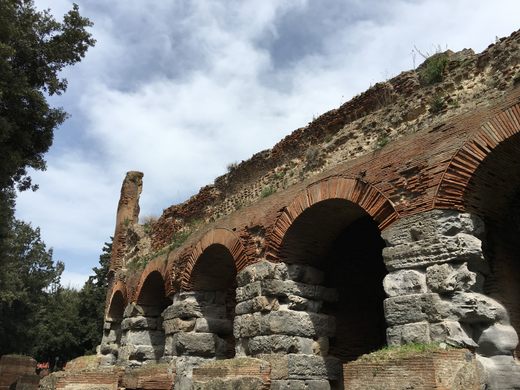
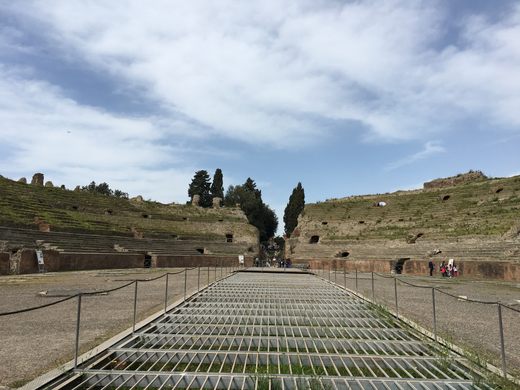
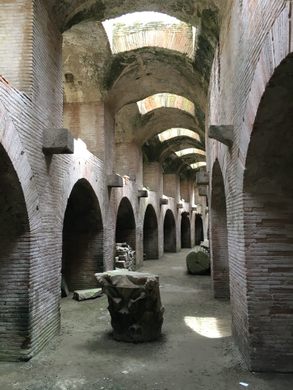
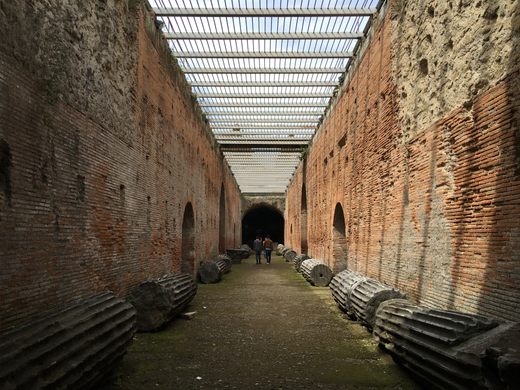
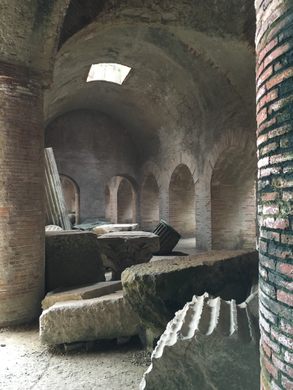
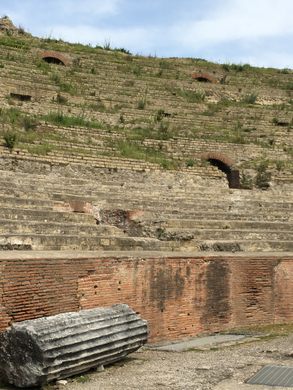
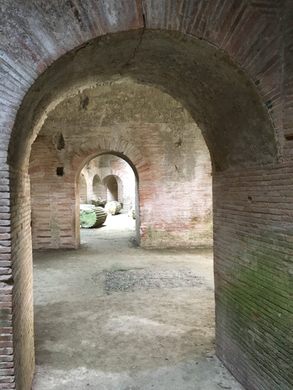
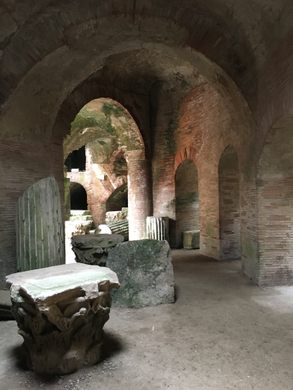
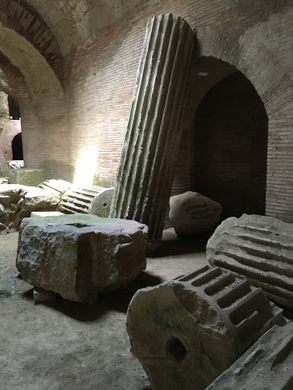




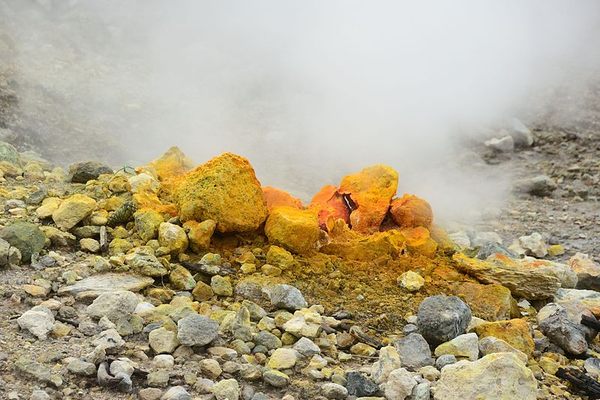
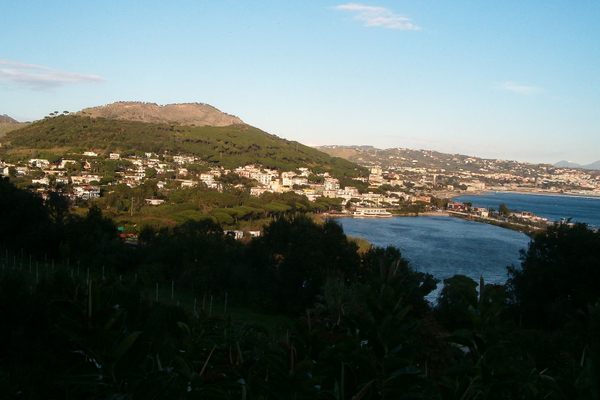







Follow us on Twitter to get the latest on the world's hidden wonders.
Like us on Facebook to get the latest on the world's hidden wonders.
Follow us on Twitter Like us on Facebook